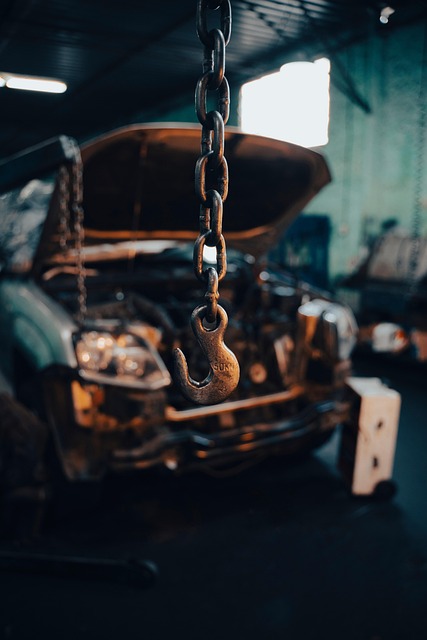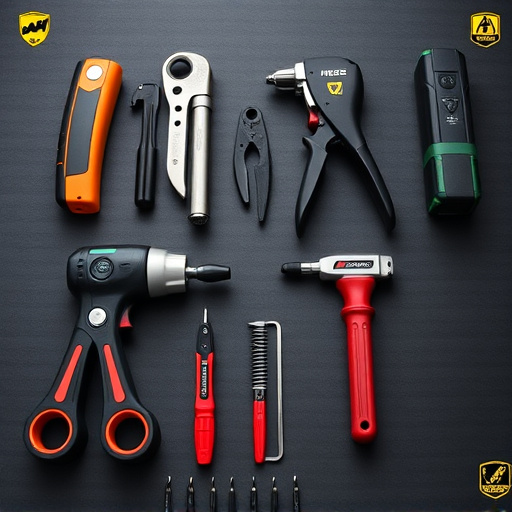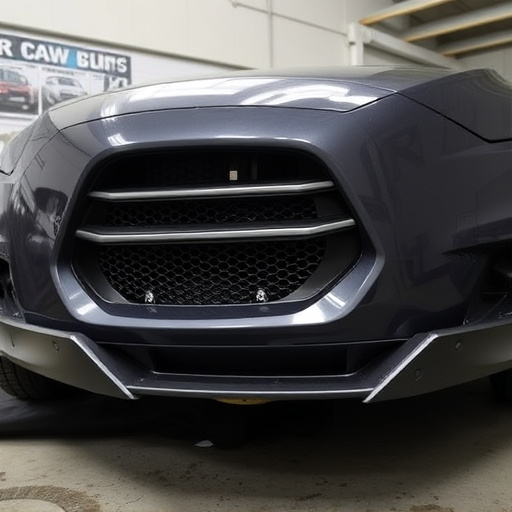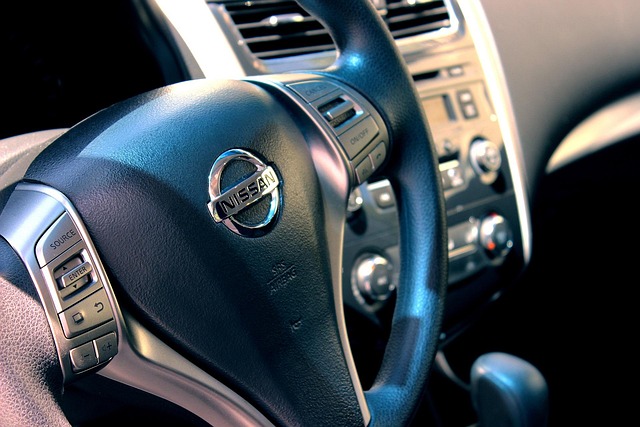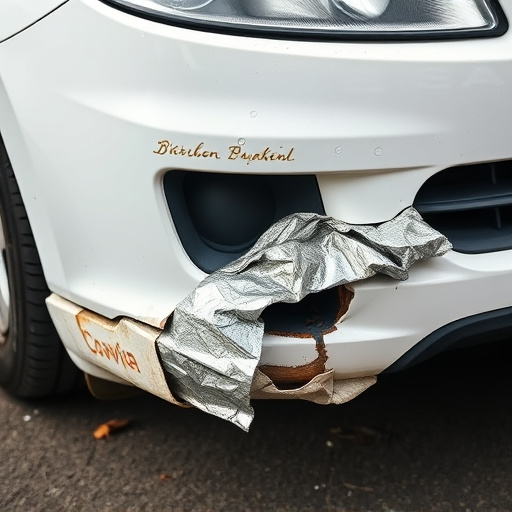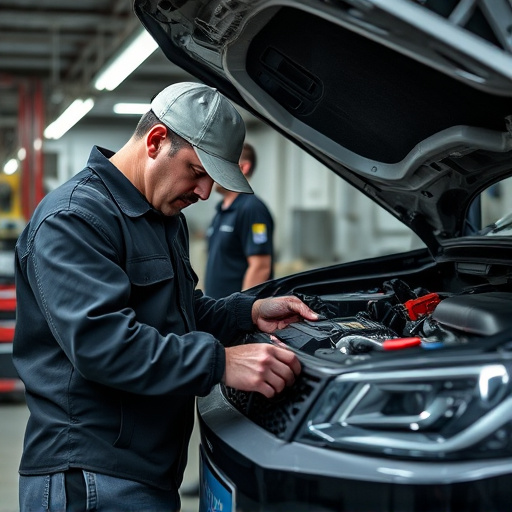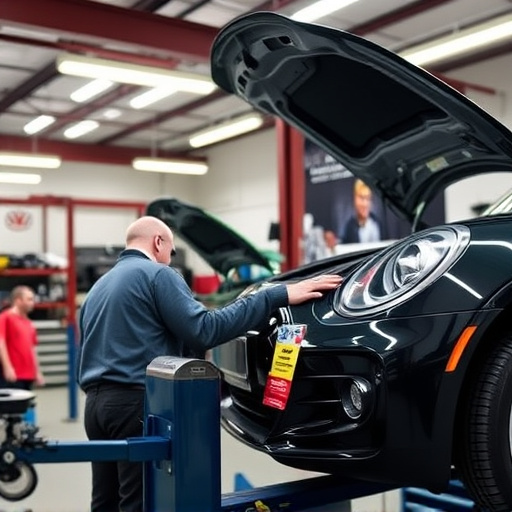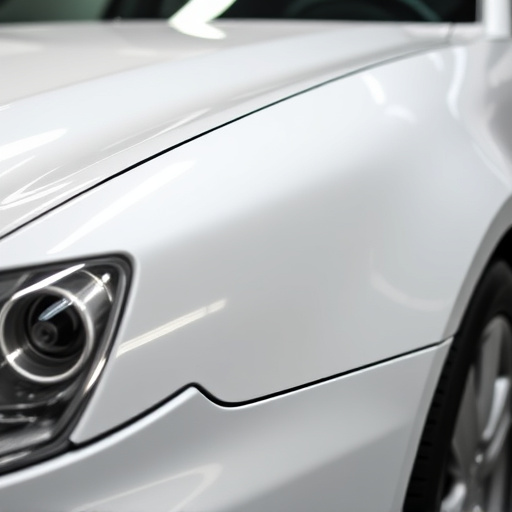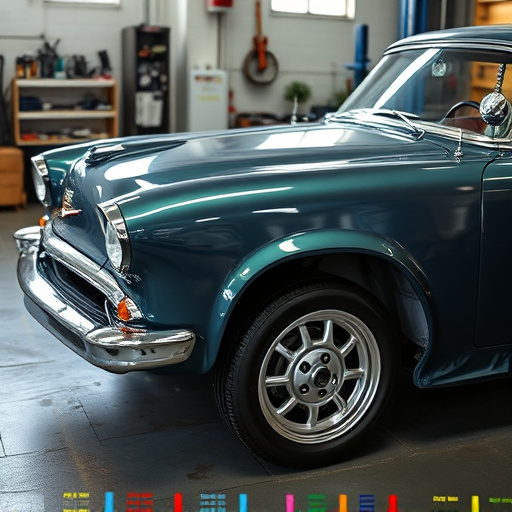Mercedes rear light assemblies must adhere to stringent industry standards for safety and reliability, governed by international and regional regulations. These standards cover physical construction, functionality, brightness, color temperature, and visibility, ensuring clear signaling of braking and turning intentions for enhanced nighttime driving safety and legal compliance. Regular maintenance, testing, and replacement by qualified technicians are crucial for optimal lighting performance, accident prevention, and vehicle value preservation. Auto dent repair specialists play a vital role in preserving the rear light assembly's integrity, while adhering to vehicle repair standards ensures correct functionality and avoids legal issues related to non-compliance.
“Explore the legal landscape surrounding Mercedes rear light functionality, ensuring both safety and compliance on the road. This article delves into the intricate standards governing Mercedes rear light assemblies, highlighting critical legal considerations for optimal performance. We’ll guide you through essential testing and maintenance procedures to guarantee your vehicle adheres to regulations. By understanding these requirements, you can navigate the complexities of automotive laws, enhancing your Mercedes’s safety features and overall reliability.”
- Understanding Mercedes Rear Light Assembly Standards
- Key Legal Considerations for Functionality
- Ensuring Compliance: Testing and Maintenance Procedures
Understanding Mercedes Rear Light Assembly Standards

Mercedes rear light assemblies are subject to stringent industry standards designed to ensure safety and reliability. These standards govern not only the physical construction of the lights but also their functionality, aiming to provide optimal visibility for drivers behind the vehicle, especially in low-light conditions or during emergencies. Understanding these standards is crucial when it comes to auto body work and auto collision repair, as any deviation can impact the overall safety and legality of the vehicle.
The Mercedes rear light assembly must meet specific guidelines regarding brightness, color temperature, and visibility. These lights play a vital role in enhancing nighttime driving safety, as they signal braking or turning intentions to other drivers. Auto painting and auto collision repair professionals must be well-versed in these standards to ensure that any repairs or replacements maintain the original equipment’s functionality and safety ratings. Adherence to such regulations not only keeps drivers safe but also prevents potential legal issues related to vehicle maintenance and roadworthiness.
Key Legal Considerations for Functionality

When addressing legal requirements for Mercedes rear light functionality, several key considerations come into play. International and regional regulations mandate specific standards for automotive lighting systems to ensure safety on the road. For Mercedes vehicles, this includes rigorous testing of the Mercedes rear light assembly to meet or exceed these standards in terms of brightness, color accuracy, and reliability. Non-compliance can result in fines and legal repercussions for both manufacturers and car body shops involved in repairs or replacements.
In addition to regulatory compliance, proper functioning of the Mercedes rear light is crucial for driver visibility and preventing accidents. Any defects or malfunctions should be promptly addressed by qualified technicians in a reputable auto body shop offering high-quality car paint services. Regular maintenance and timely replacement of worn-out components are essential to maintain optimal lighting performance. This not only enhances road safety but also ensures that the vehicle retains its value and market appeal, even after undergoing necessary repairs or paint services.
Ensuring Compliance: Testing and Maintenance Procedures

Ensuring that your Mercedes rear light assembly functions optimally is paramount for both safety and legal compliance. Regular testing and maintenance procedures are essential components of this process. It involves checking the lights’ brightness, clarity, and visibility from various angles to guarantee they meet the required standards set by automotive regulations. This includes verifying proper wiring connections within the car’s bodywork, ensuring no damage or corrosion has affected the rear light assembly, and replacing any faulty components promptly.
Auto dent repair specialists often play a crucial role in preserving the integrity of the vehicle’s exterior, including the rear light assembly. Regular maintenance also entails cleaning the lenses to prevent yellowing or clouding, which could obstruct visibility. By adhering to these testing and maintenance practices, car owners can ensure their Mercedes rear lights function as intended, enhancing safety on the road and avoiding potential legal issues related to non-compliance with vehicle repair standards.
In ensuring the safety and reliability of Mercedes vehicles, adhering to legal requirements for rear light functionality is paramount. By understanding the standards set for the Mercedes rear light assembly, comprehending key legal considerations, and implementing proper testing and maintenance procedures, vehicle manufacturers and owners can maintain compliance and enhance road safety. These measures are essential in keeping up with evolving regulations and technological advancements in automotive lighting systems.

